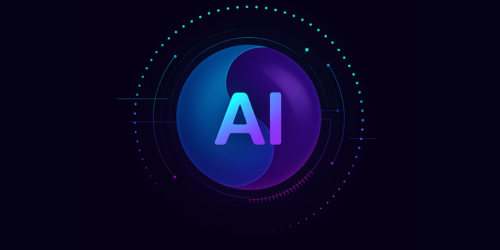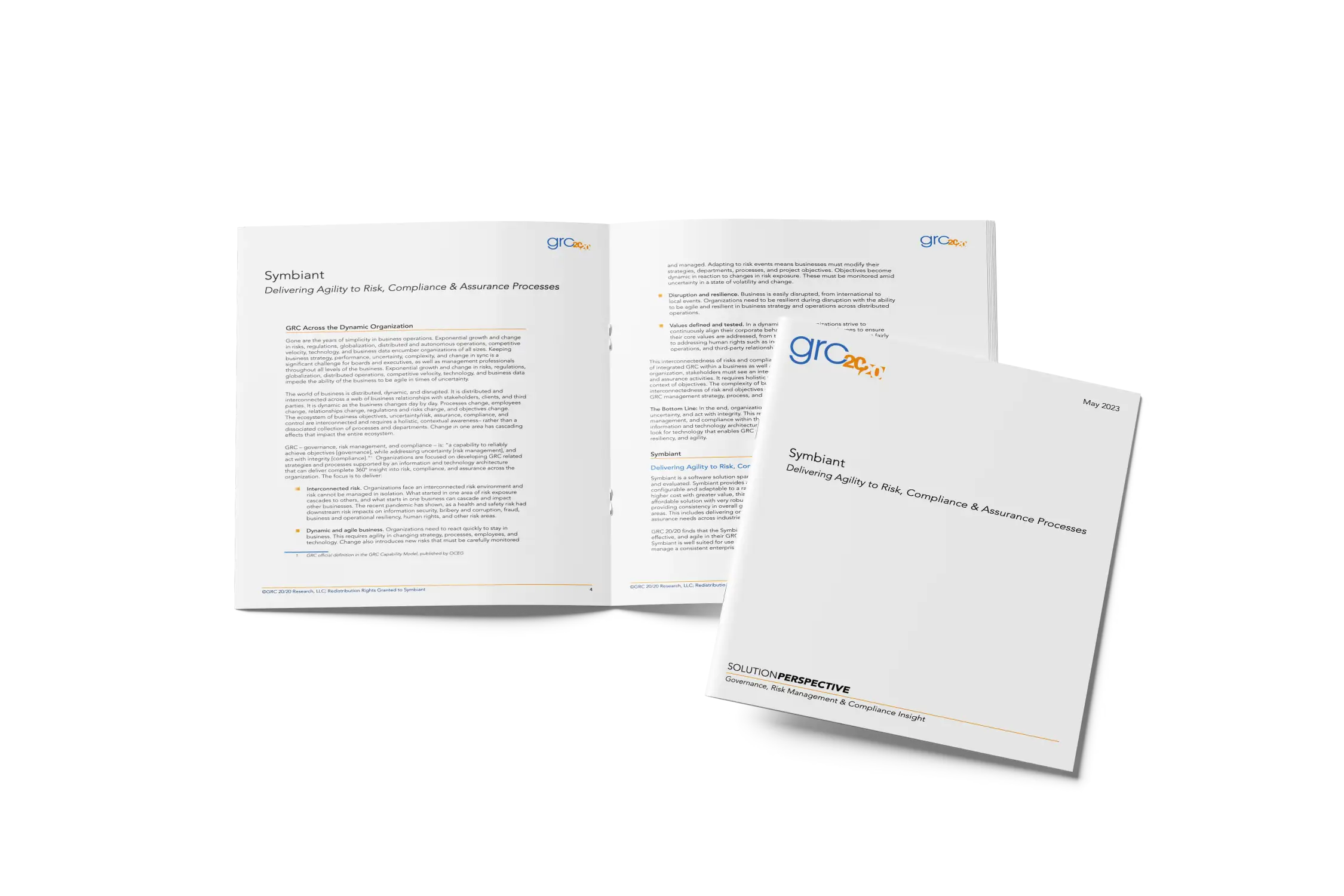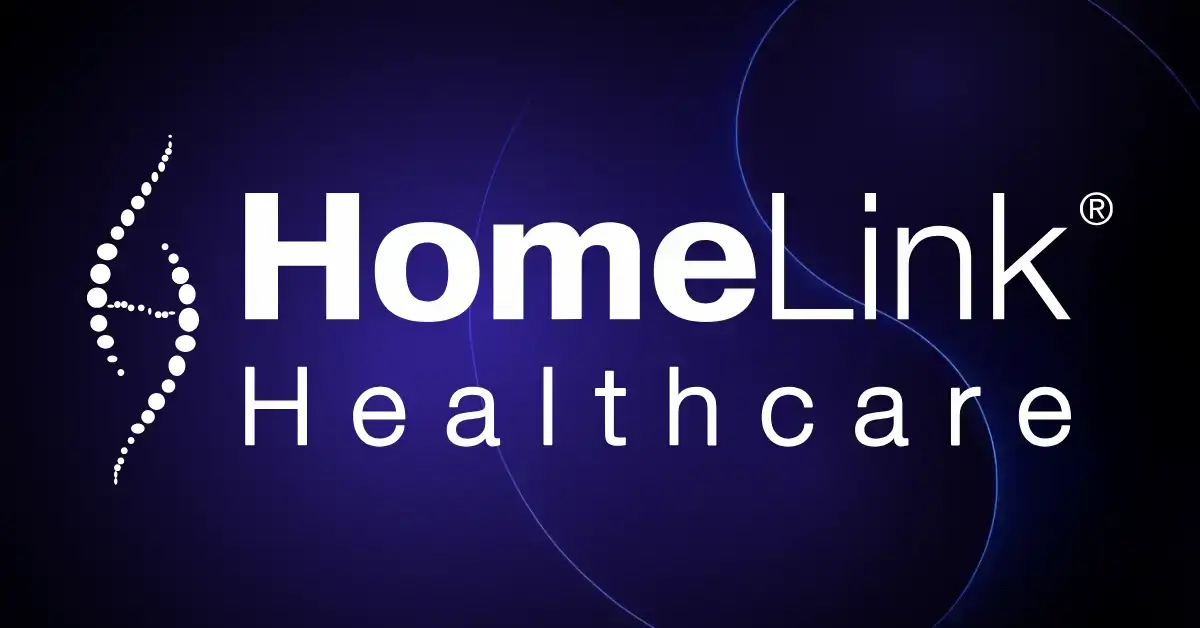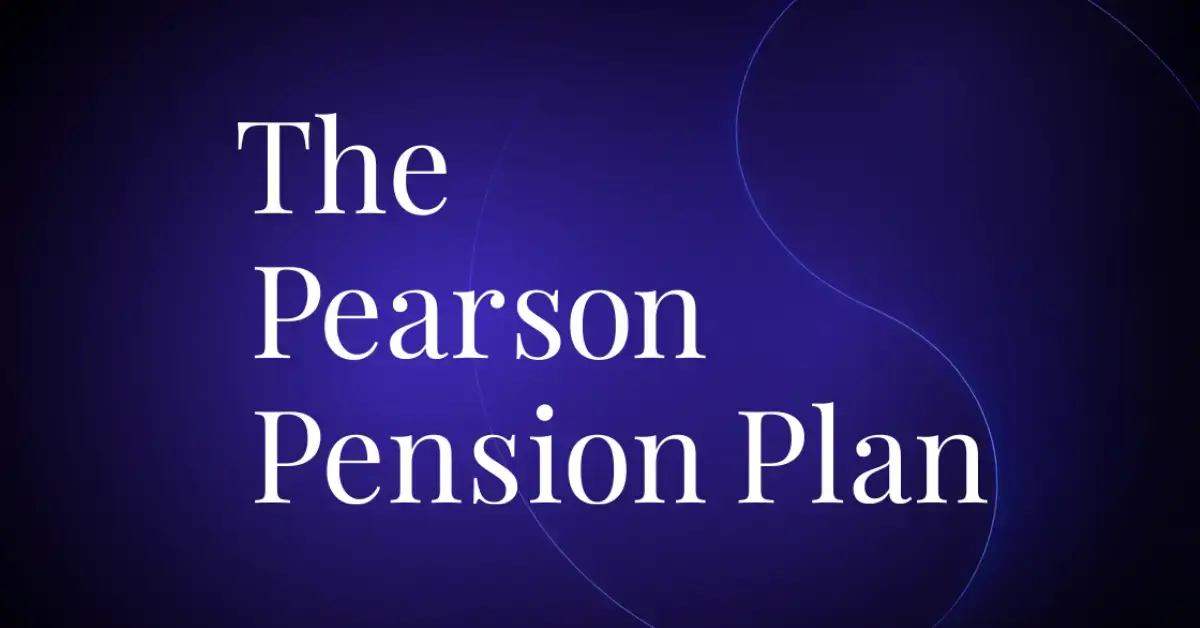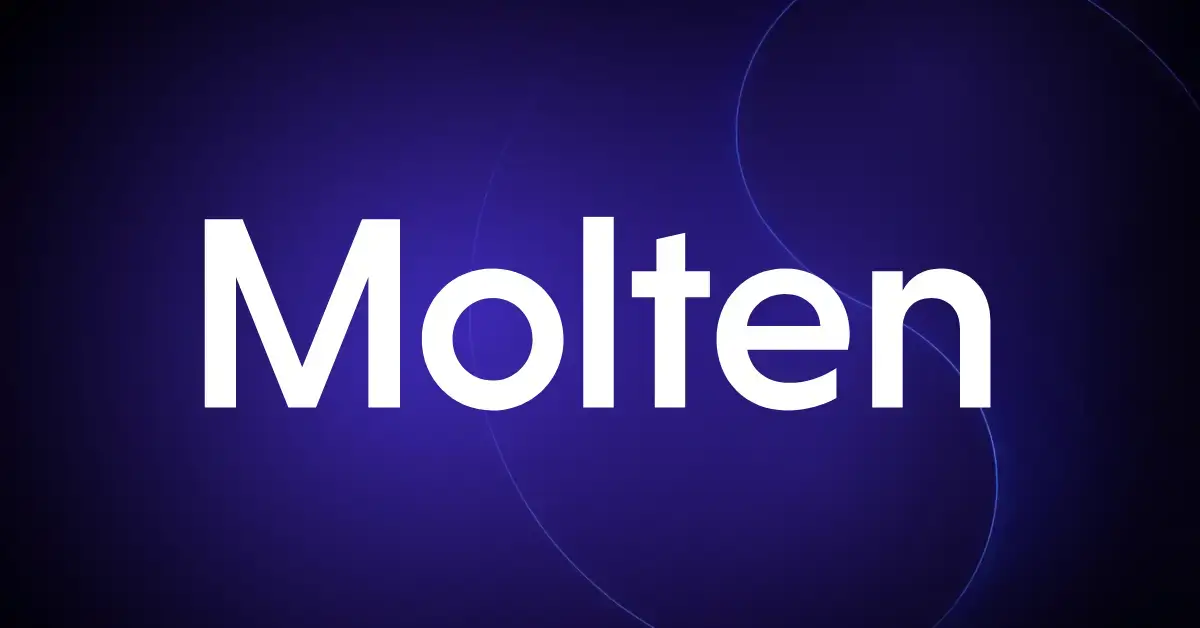From cyber threats and supply chain disruptions to shifting regulations and economic uncertainty, risks are evolving faster than ever. Traditional, point-in-time assessments can no longer keep up. Organisations today need real-time visibility into the risks that could impact their objectives — and that’s where continuous risk monitoring becomes essential.
Continuous monitoring gives organisations the ability to identify, assess, and respond to risks as they emerge, rather than after they’ve escalated. It supports compliance, strengthens resilience, and empowers leaders to make informed, confident decisions.
What Is Continuous Risk Monitoring?
Continuous risk monitoring is the ongoing process of identifying, assessing, and tracking risks across every area of an organisation. Unlike traditional, static assessments that capture a single moment in time, continuous monitoring provides live insight into emerging threats and changing conditions that could affect business objectives.
It extends far beyond information security. Modern organisations apply continuous monitoring across operational, compliance, financial, and strategic risks, creating a connected view of their entire risk landscape.
Within Symbiant’s integrated GRC, Risk Management and Audit platform, continuous monitoring is achieved through linked modules that bring together real-time data, automated workflows, and intelligent reporting.
Key components include:
- Real-time visibility – Up-to-date data feeds and dashboards keep leaders informed of current risk levels and potential exposures.
- Automation – Rules-based notifications, reminders, and updates reduce manual effort and ensure no issue goes unnoticed.
- Cross-module integration – Risks, controls, incidents, and assessments are connected within a single system, forming a Single Source of Truth (SSOT).
Continuous monitoring isn’t a separate process, it’s a living extension of your organisation’s risk management strategy, embedded into everyday operations to enhance awareness, accountability, and organisational resilience.
Benefits of Continuous Risk Monitoring
1. Driving Operational Efficiency
Continuous monitoring transforms how organisations manage risk by making critical information instantly accessible. With Symbiant’s connected GRC and Audit modules, data from risks, controls, incidents, and assessments is always up to date, enabling faster analysis and response.
For example, when a control fails or an incident is logged in the Incident Reporter Module, automated alerts can notify risk owners immediately. This reduces bottlenecks, shortens resolution times, and prevents small issues from escalating into costly disruptions. The result? Greater efficiency, reduced manual workload, and stronger operational stability.
2. Strengthening Compliance Assurance
In regulated sectors such as finance, healthcare, and government, continuous oversight is essential. Symbiant’s Controls and Policies and Compliance Monitoring modules ensure obligations are consistently tracked, reviewed, and evidenced. Automated workflows and tamperproof audit trails make it easy to demonstrate compliance to regulators, auditors, and boards alike.
By maintaining continuous visibility into risks, testing results, and remedial actions, organisations not only reduce the likelihood of non-compliance but also improve audit readiness and regulator confidence.
3. Building Organisational Resilience
The ultimate goal of continuous risk monitoring is resilience. With real-time data feeding into the Risk Registers and Key Risk Indicators (KRI) modules, organisations can anticipate emerging threats, adjust strategies, and protect key assets before disruption occurs. This ability to see, respond, and adapt quickly turns risk management into a competitive advantage, empowering leaders to make confident, informed decisions even in volatile conditions.
How Technology Powers Continuous Risk Monitoring
Technology has turned continuous risk monitoring from an ambition into a practical, everyday reality. With integrated tools, automation, and intelligent data analysis, organisations can move from reactive reviews to proactive, always-on visibility.
Automation and Integrated GRC Software
Modern GRC platforms like Symbiant make it simple to automate assessments, testing, reporting, and remediation.
Symbiant’s rules-based automation can send notifications, reminders, or escalation alerts the moment something changes, such as a risk score exceeding its threshold, or a control failing a test.
By automating repetitive tasks, risk teams can focus on what truly matters: interpreting data, understanding root causes, and driving action. And because all information is stored in one connected system, covering risks, controls, incidents, actions, and assessments, monitoring data never sits in silos. It flows directly into decision-making dashboards for complete organisational awareness.
Data Analytics and Predictive Insight
Symbiant enhances continuous monitoring through dynamic reporting and cross-module data linkage, helping organisations uncover patterns that would otherwise remain hidden. Historical data from incidents, control tests, and questionnaires can reveal trends or vulnerabilities, allowing teams to anticipate potential risks before they escalate.
With the optional Symbiant AI Assistant, users gain additional context and support, surfacing new emerging risks, identifying potential control gaps, and highlighting emerging issues based on connected data.
The AI Assistant operates securely and transparently, supporting human judgement rather than replacing it.
By combining automation, integration, and intelligent insights, Symbiant transforms risk monitoring into a living, continuous process, one that strengthens compliance, efficiency, and resilience across every layer of the organisation.
Best Practices for Implementing Continuous Risk Monitoring
Continuous risk monitoring delivers the greatest value when it’s embedded thoughtfully within your organisation’s wider risk management framework. Success depends not only on technology, but also on preparation, alignment, and a strong culture of accountability.
Here are some proven best practices for building an effective, sustainable monitoring process:
1. Plan and Prepare Thoroughly
Effective continuous monitoring begins with clarity. Risk teams should map out the organisation’s risk landscape, identify Key Risk Indicators (KRIs), and determine where continuous oversight adds the most value, whether that’s in cybersecurity, operational resilience, or regulatory compliance.
With Symbiant’s KRI and Risk Registers modules, organisations can easily define thresholds, link indicators to specific risks, and automate alerts when conditions change.
2. Choose Technology That Integrates Seamlessly
Not all tools are created equal. To avoid duplication and complexity, continuous monitoring must be built on systems that connect, not compete.
Symbiant’s modular design allows every element from Risks and Controls to Incidents, Actions, and Assessments to interact within a single platform, creating a Single Source of Truth (SSOT) for your organisation.
This integration ensures that monitoring data enhances risk reporting, instead of existing in silos.
3. Build a Risk-Aware Culture
Technology alone cannot sustain continuous monitoring. People remain the most important element of any GRC strategy. Training, communication, and accessible reporting tools help embed a risk-aware mindset across all departments.
With features like Risk Workshops and dynamic dashboards, Symbiant empowers teams to engage actively in identifying, reporting, and treating risks, turning monitoring into a shared responsibility rather than a compliance exercise.
Measuring Success: Metrics and KPIs
Continuous monitoring adds value only when its impact can be measured. Establishing clear KPIs helps ensure your framework remains effective and aligned with objectives.
Recommended metrics include:
Frequency of risk assessments – demonstrating consistency and commitment.
Response time to identified risks – highlighting operational agility.
Completion rate of actions – showing progress and accountability.
Compliance rate – proving improvements in regulatory adherence.
For instance, a financial services firm might measure how quickly its teams act on alerts from the Incident Reporter or Compliance Monitoring modules, reducing exposure and reinforcing regulator and stakeholder confidence.
Embedding Continuous Monitoring Into Your DNA
Continuous risk monitoring is no longer a luxury, it’s the backbone of modern, objective-centric risk management. By combining real-time data, automation, and intelligent linkage across risks, controls, and incidents, organisations can achieve continuous visibility, improve compliance, and strengthen resilience.
For risk leaders, the message is clear: make monitoring a natural part of your organisation’s rhythm, not a periodic review. Those who do will not only reduce exposures but create a culture of confidence, agility, and long-term success.
Discover Continuous Monitoring in Action
See how Symbiant’s integrated GRC & Audit Management Platform provides real-time visibility across risks, controls, incidents, and compliance. Book a demo today.
All-in-One GRC & Audit Management Powerhouse
Risk Management Software
Reduce exposure, invest in the right controls, respond faster to incidents, and navigate change with confidence. With optional AI, reveal blind spots and safeguard your objectives.
Audit Management Software
Simplify and centralise audits from start to finish. Assign actions, track progress, and generate reports effortlessly. Integrated workflows enhance accountability and transparency.
Compliance Management Software
Stay ahead of evolving regulations. Automate testing, track compliance actions, and ensure your organisation meets industry standards with confidence and clarity.

